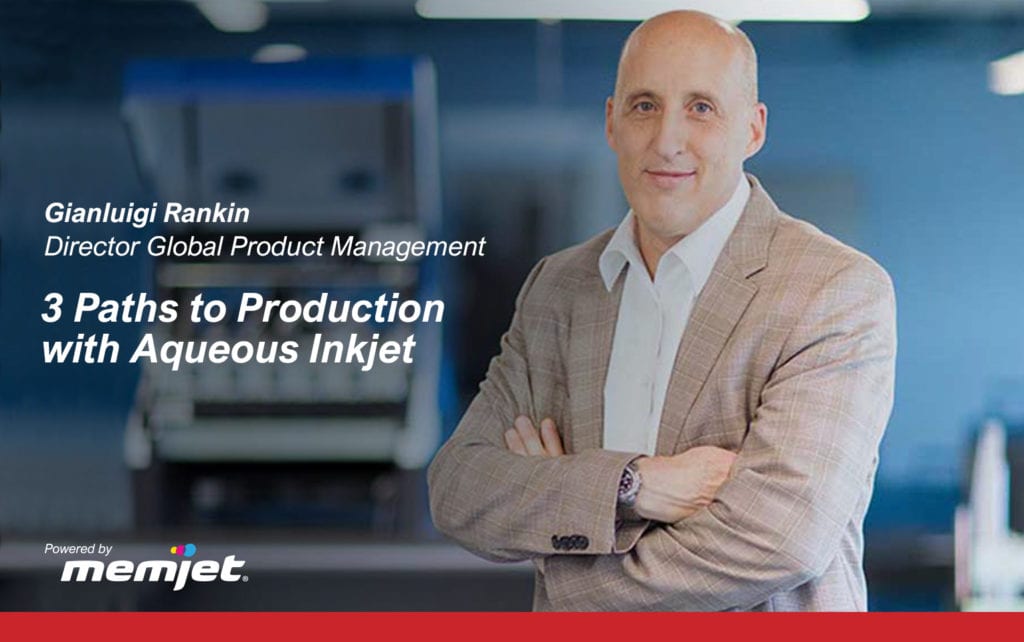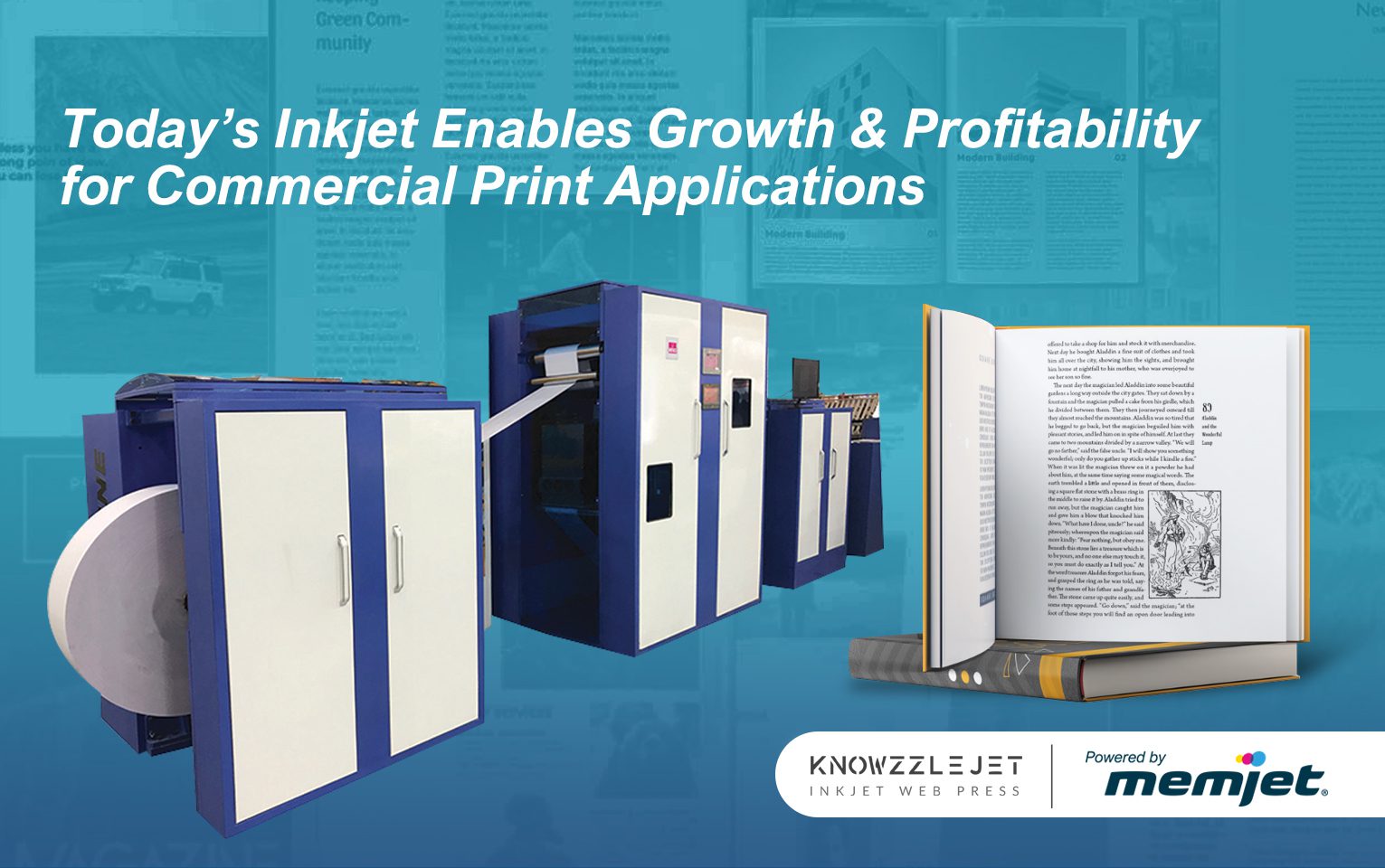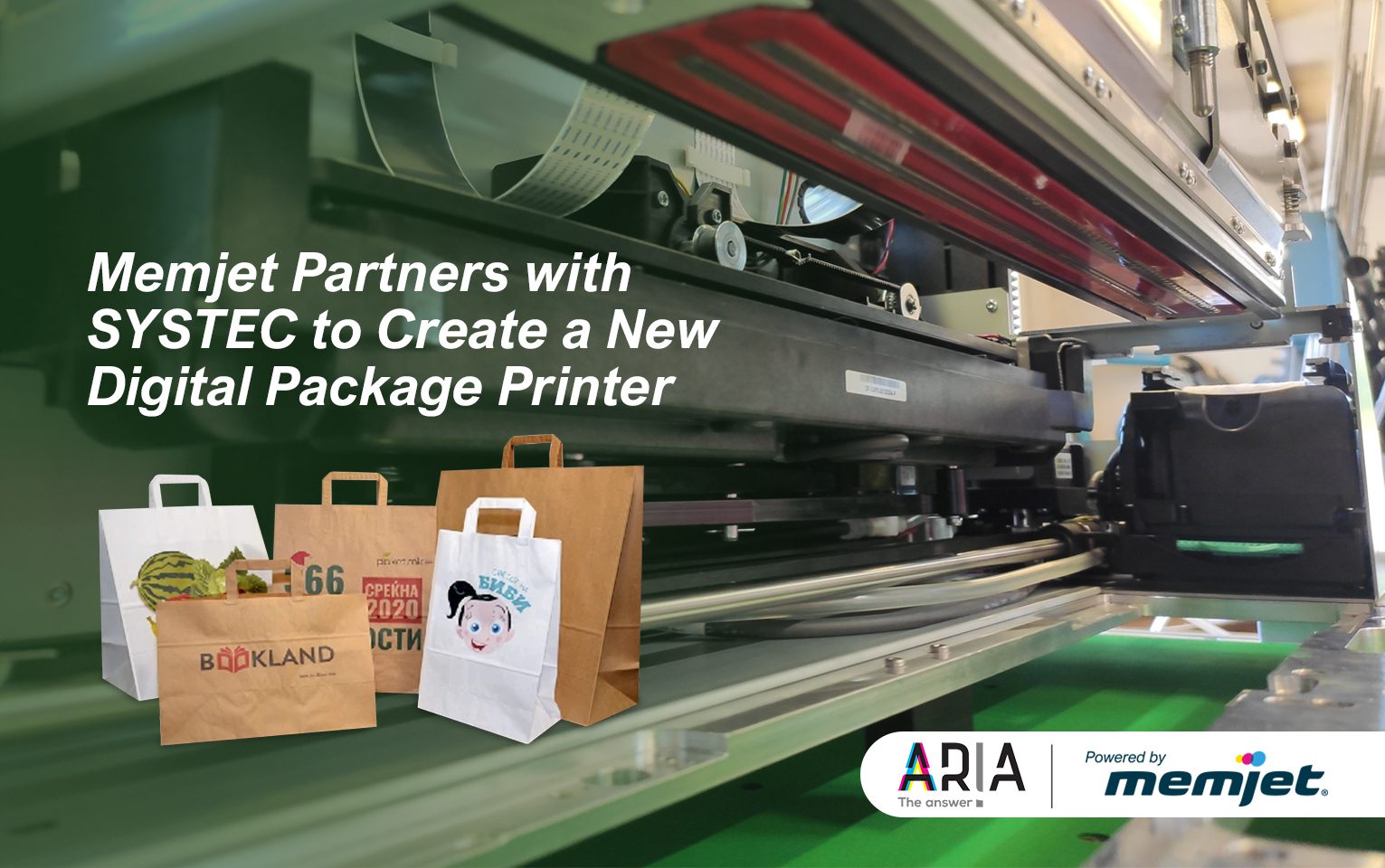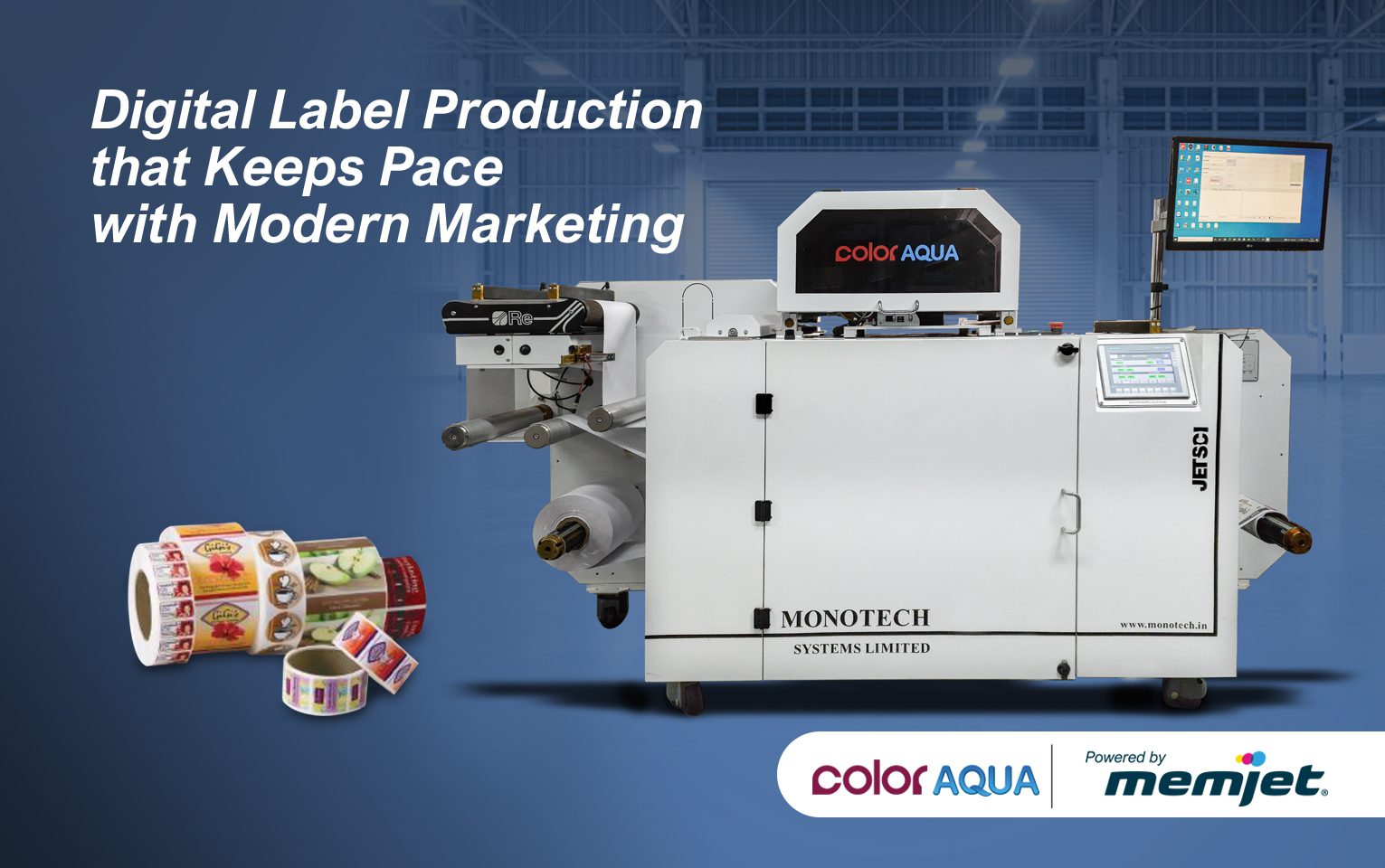By: Gianluigi Rankin, Director Global Product Management at Memjet

In inkjet printing, similar to an analog print process, ink is applied to a print substrate to form text and graphics. Depending on the print application, there are three substrate categories to choose from. Most of the substrates available today are only optimized for analog print processes and inks, so they do not perform well with inkjet devices where the print processes and inks are fundamentally different.
As a leader in the development of inkjet printing technology, Memjet has invested in initiatives to expand the range and versatility of paper and film-based substrates used in inkjet printing while reducing the cost.
Below are the 3 paths to production with aqueous inkjet for optimal print quality. Within each option you may find uncoated, coated or both types of substrates. For this article, the focus is on coated substrates.
- Print-ready substrates
- Near-line treated substrates
- In-line treated substrates
Print-Ready Substrates
As the name indicates, print-ready substrates are manufactured by a media supplier and are ready to be directly printed on without any other type of treatments. This is particularly appealing to benchtop print solutions where the user can easily load the media into the printer and print without needing additional equipment or processes. In fact, there are many print-ready substrates available today for benchtop and press printing solutions that are Powered by Memjet.
Even with the growth we’ve seen in adoption of inkjet printing, the current demand for inkjet print-ready substrates is still a fraction of what is being manufactured for other print processes which drives up the cost and impacts the final cost per page/item. While we wait for economies of scale to catch up, we look at alternative paths.
Treated Substrates
The next two paths to production involve taking a substrate that is widely available and altering the surface to make it receptive to water-based inkjet. The process is similar to how a substrate is treated at a media manufacturer to create a print-ready substrate, with the exception that the substrate, if already coated, contains a coating for a different print process. We would be adding an additional layer to that substrate either near-line or in-line to facilitate high-quality printing. This requires additional fluid, equipment and processes which again impacts costs, but the savings that can be achieved over time compared to print-ready substrates can be significant and make this option a worthwhile investment. In addition to being a more economical solution, coating or priming increases substrate versatility of existing low-cost, widely available substrates intended for other print processes and can improve the print quality, as well as provide fit-for-purpose durability for a variety of end user applications.
Near-Line Coatings
A coating is one type of fluid that can be used to treat the substrate. Coatings create a layer that can absorb water from the inks while keeping the ink colorants close to the surface, where they should be. Water then evaporates over time without impacting print quality.
Coatings are fairly thick and need a longer dry time, so generally they are applied near your print production line (near-line) and are not ideal for including within your print production process (in-line).

In-Line Primers
Another type of fluid that can be applied to the surface of a substrate is called a primer. It is generally a very thin layer that works to immobilize the colorants as soon as they hit the surface. It does not have any absorptive properties, so this option requires the media to pass one or more dryers for an accelerated evaporation process to remove water from the surface.
Because primers are such a thin layer, they are often applied in-line with printing production equipment but can also be applied near-line. An in-line application process is designed to keep up with the speed of highly-productive printing equipment and is either jetted through printheads or applied as a flood coat and then dried prior to printing.

Driving Innovation for the Future of Inkjet
Understanding your substrate options and the paths to production is a good starting point when trying to solve the paper, primer, performance puzzle.
Memjet’s OEM partners are already benefiting from our investment in the research and development of coatings and primers and investigating ways to integrate near-line and/or in-line treatment solutions to facilitate high-quality printing for current paper and film-based applications mostly for the growing packaging market. Some are even using this technology to develop solutions for totally new applications like direct-to-shape where the print surface is not flat.
Explore Memjet’s printing technology.
Subscribe to Memjet on YouTube.



